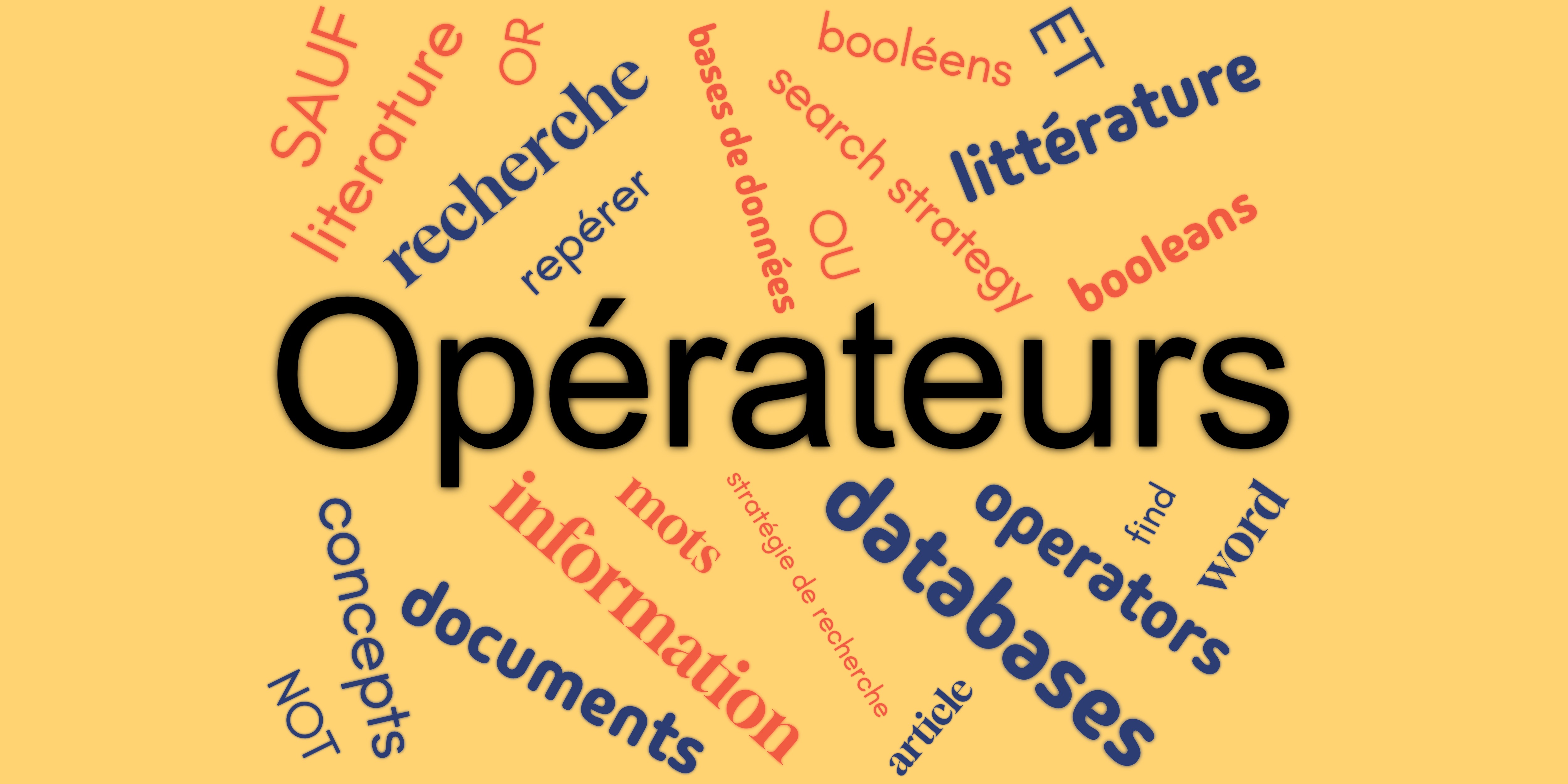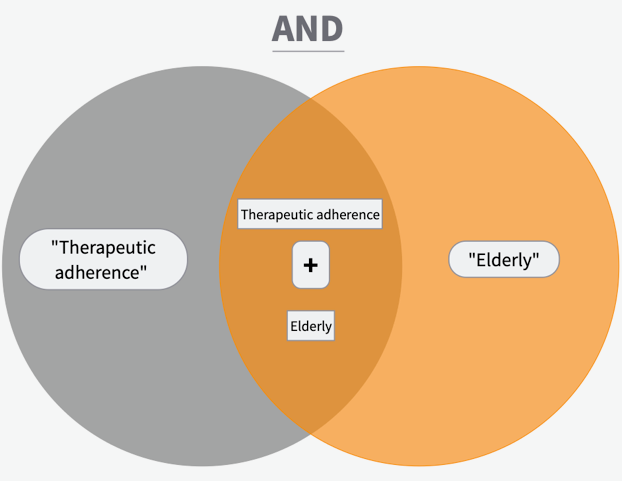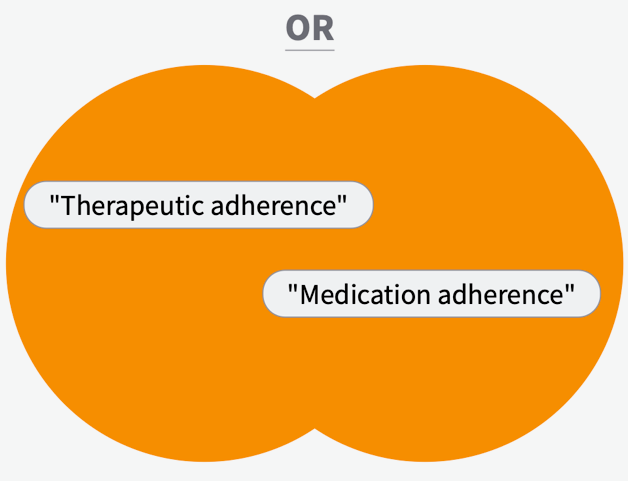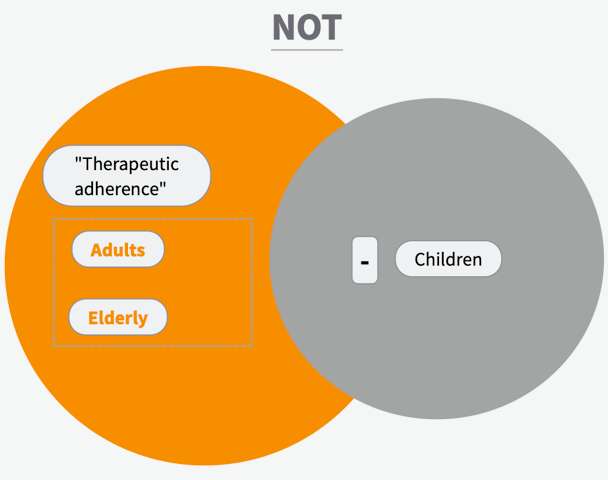
Boolean Operators: Algebra at the Service of Information Sciences and Experts
We use them in everyday language without necessarily knowing their algebraic transposition or their effectiveness in research and information monitoring: these are Boolean operators. Here's a look at how they can be used to combine search terms to find information in a variety of online sources, databases and search engines.
The Operators in Question: AND, OR, NOT
The Office québécois de la langue française (in French) defines Boolean operators as: "Operators whose operands and result each take one of two distinct values." [Free transalation] So, what does this mean? The accompanying note clarifies this definition: "List of Boolean operators: union (OR), intersection (AND), and exclusive OR (XOR)." This reminds us of set theory learned in school.
The name "Boolean" is a reference to George Boole, a British mathematician who, in the 19th century, developed Boolean algebra to translate logical statements into operations. They are also called logical operators. These set of commands are widely used to broaden (find more results) or refine search strategies for information research and information monitoring [1]. Logic diagrams, known as Venn diagrams, are often used to illustrate search strategies on specific concepts or subjects.
Information Research and Monitoring: Techniques and Commands Used in Search Strategies
By planning your search strategy and applying effective techniques, you will find the most relevant and accurate content, for your information needs, in search engines, databases and other online sources.
The search strategy combines key concepts, that best describe your topic of interest and the scope, in an organised structure. Once you have identified the keywords, you can use the following Boolean operators (AND, OR, NOT) to organise and define the relationships between the terms and phrases to retrieve relevant records. Here are some examples:

By combining two concepts using the AND operator, the search will identify documents that mention both concepts, providing more targeted results. The overlapped section of the circles in the middle of the Venn diagram represents the result set of this specific search ex: therapeutic adherence in the elderly.

By combining two concepts using the OR operator, the search will retrieve documents that mention any of the search terms listed in the query providing access to more records (broaden your search). This is an ideal search strategy to use with synonyms or related concepts.

By combining the two concepts using the NOT operator, the search will exclude a search term or concept to narrow the search. For example, it will provide access to results on therapeutic adherence in all populations except children.
Improving Search Results: Complementary Logical Operators
To help improve the relevancy of your results, three other operators can be used in the search strategy to find key information:
"..." Quotation marks – Searching for exact phrases is achieved by surrounding the phrase with quotation marks. The search will only retrieve documents that have the exact phrase, with the terms in the same order, to narrow the results ex: "therapeutic adherence".
* Truncation – To find variations of the search terms (singular and plural forms and variant endings) use the asterisk * symbol to replace one or more characters. The search will focus on all words starting with the root located before the sign. For example, behavi* will identify documents containing behavior, behaviour, behavioral, behavioural, behaviorism, or behaviourism.
(...) Parentheses – Grouping search terms within parentheses indicates the ordering of Boolean operators in search strings. For example, ("therapeutic adherence" OR "medication adherence") AND "elderly" will provide results in the following order:
1) Identify documents dealing with either therapeutic adherence, treatment adherence, or both.
2) Identify documents dealing with both set 1) and the elderly.
Boolean Operators: In What Sources to Use Them?
To find key information in a variety of relevant sources and databases, information specialists, such as the experts at Cogniges, use Boolean operators in search strategies.
To improve the relevancy of search results, high-quality databases have advanced search functions that allow the use of these operators (with some variations in the syntax). For example:
- Databases in the pharmaceutical or health field: CINAHL, PubMed, Medline, Embase, etc.
- Databases in the business field: ABI Inform or Business Source Complete, etc.
To effectively identify gray literature, Boolean operators can also be used in search engines, such as Google or Google Scholar [2]. Their advanced search functions, make operators implicit, and allow users to simply enter keywords in the appropriate boxes. These modules though are rarely used by non information experts; yet they are very powerful to increase the relevancy of search results.
Do you need complex online searches performed or information monitoring processes implemented? Cogniges experts can train your staff, perform targeted searches and information monitoring mandates for you.
REFERENCES
[1] Université de Montréal. Bibliothèques. (2023, 15 décembre). Opérateurs booléens : pour une utilisation efficace [vidéo]. Youtube.
[2] Mesguich, V. (2024, 11 octobre). Booster ses recherches sur Google en soignant la formulation de sa requête. Techniques de l’ingénieur, fiche pratique no 1052.